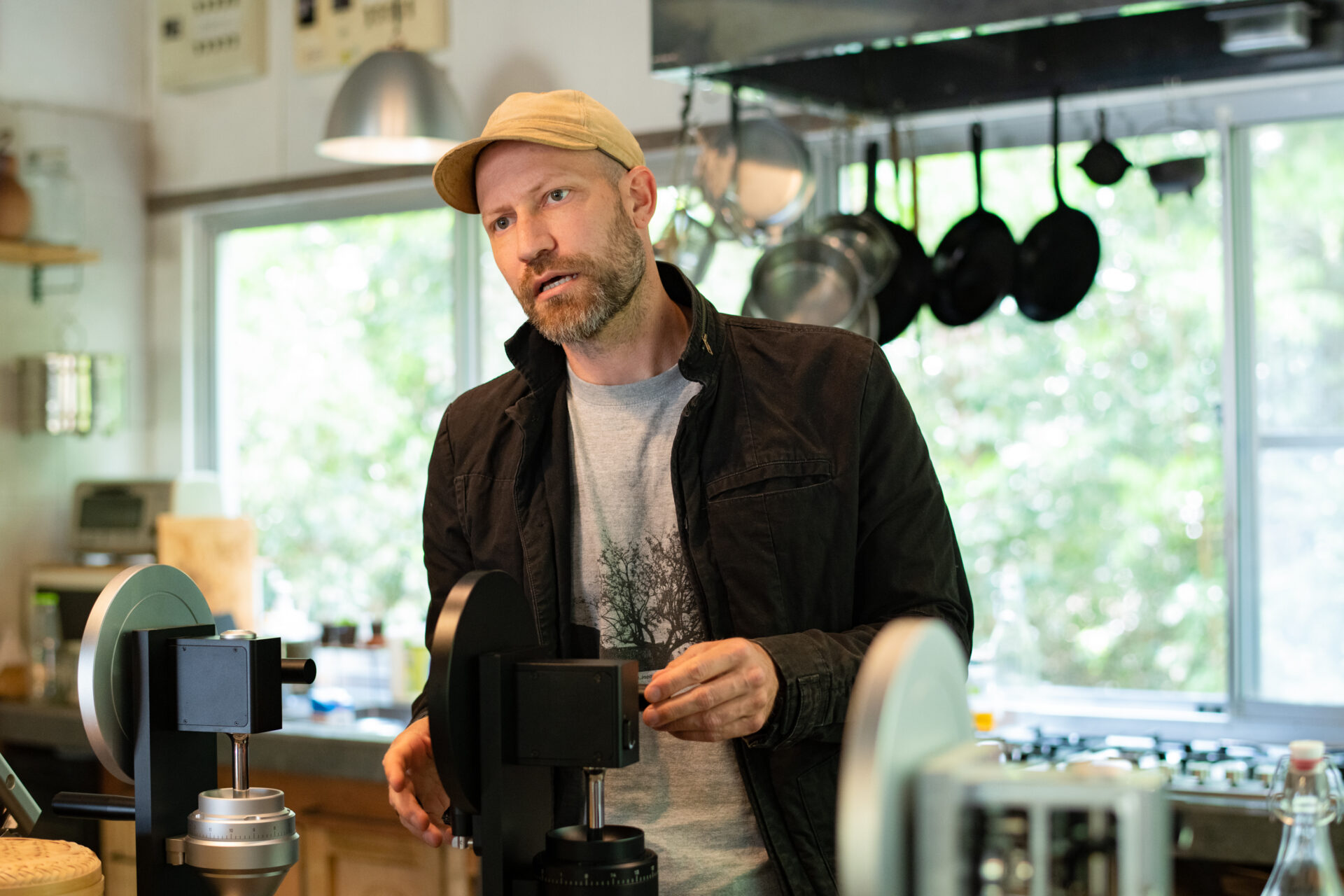Clear blue ocean and lush green forest.
Design engineer Douglas Weber built his workshop himself in an area rich in nature in Itoshima, Fukuoka.
Previously a lead mechanical engineer at Apple Headquarters, Weber helped design various hit products, including the iPod nano.
Now he has founded his own company, Weber Workshops, and is developing equipment such as coffee bean grinders.
In a crowdfunding campaign for his new product “KEY Coffee Grinder,” he raised over 300 million yen, setting a record for coffee-related products and attracting worldwide attention.
So why does he make coffee bean grinders in Itoshima? What is behind developing world class, top-selling equipment? We visited Douglas to find out how he creates products that melts people’s hearts as he works side by side with nature.
The latest coffee equipment made in Itoshima
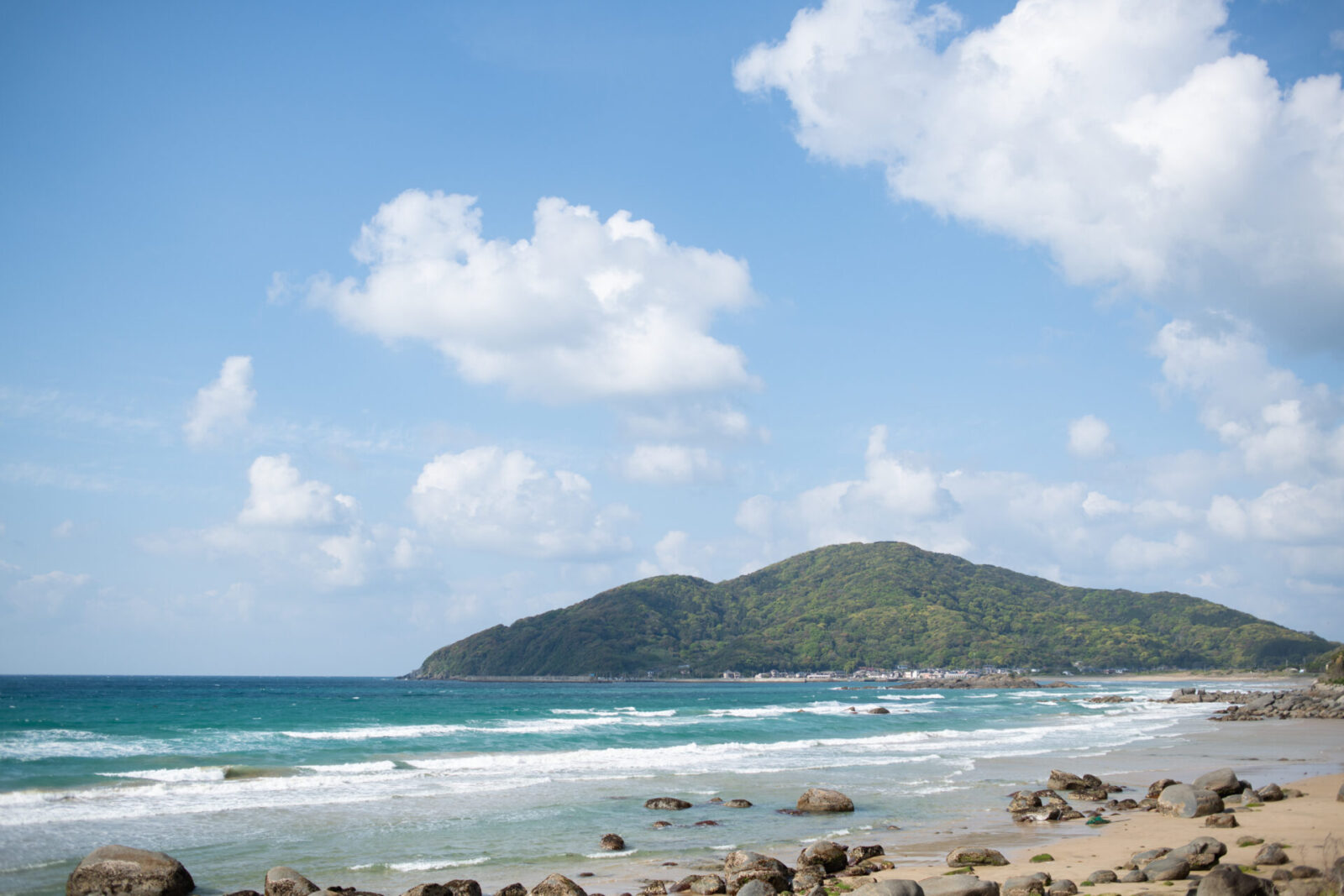
Douglas’s workshop is located beyond the mountains in a region with stretches of seaside beaches.
After opening a large gate facing the street, we were welcomed by several chickens that gathered to greet us.
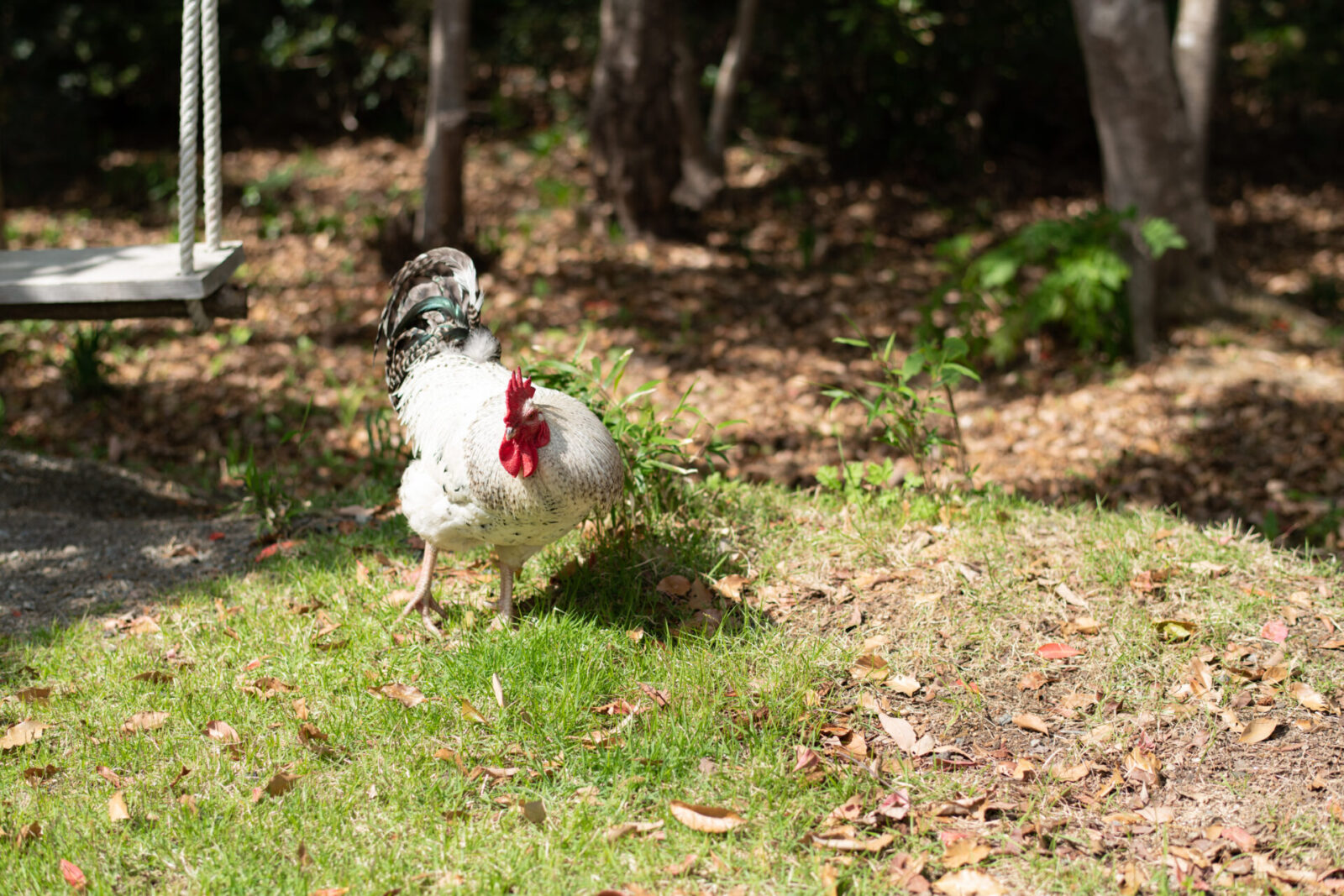
Douglas’s cat was looking out at us from inside the workshop.
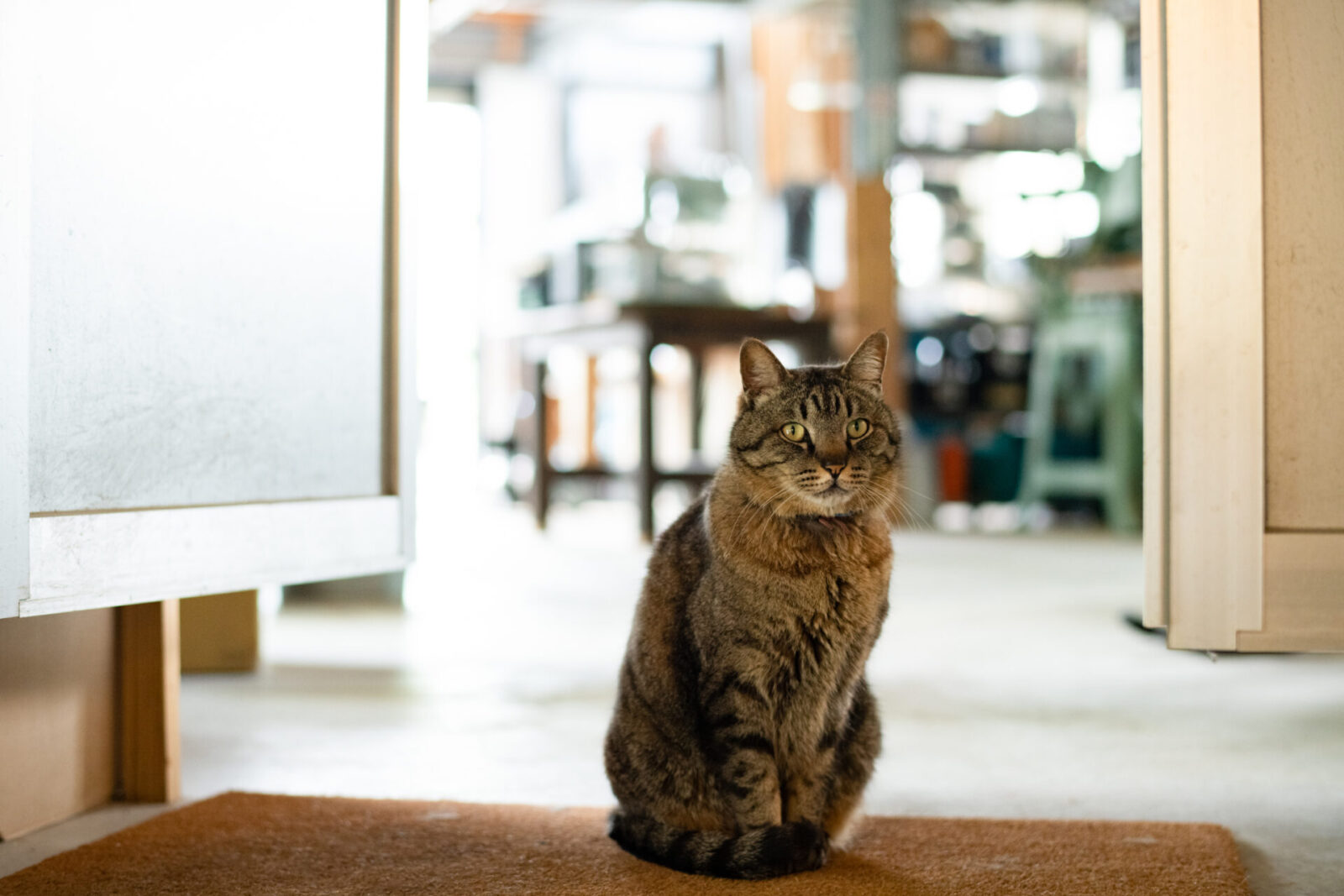
Douglas’s workshop is much like a relaxed cafe. Numerous coffee equipment line up the kitchen counters. Looking out the window, the sun pours down through the trees from the mountain behind.

Douglas welcomed us with a cup of espresso.

With ease, he grinds the coffee beans with the grinder he developed and puts it in the espresso machine. The stylish grinder suits the ambiance of the workshop that he built himself.
Before serving, he poured in foamed milk and drew a latte art leaf.

The fragrant aroma and crisp bitter taste filled our senses.
The deep and delicious flavor creates a moment of relaxation. A single cup of coffee melts our hearts and creates a sensation of being one with the surrounding environment.
Childhood spent in a coffee shop
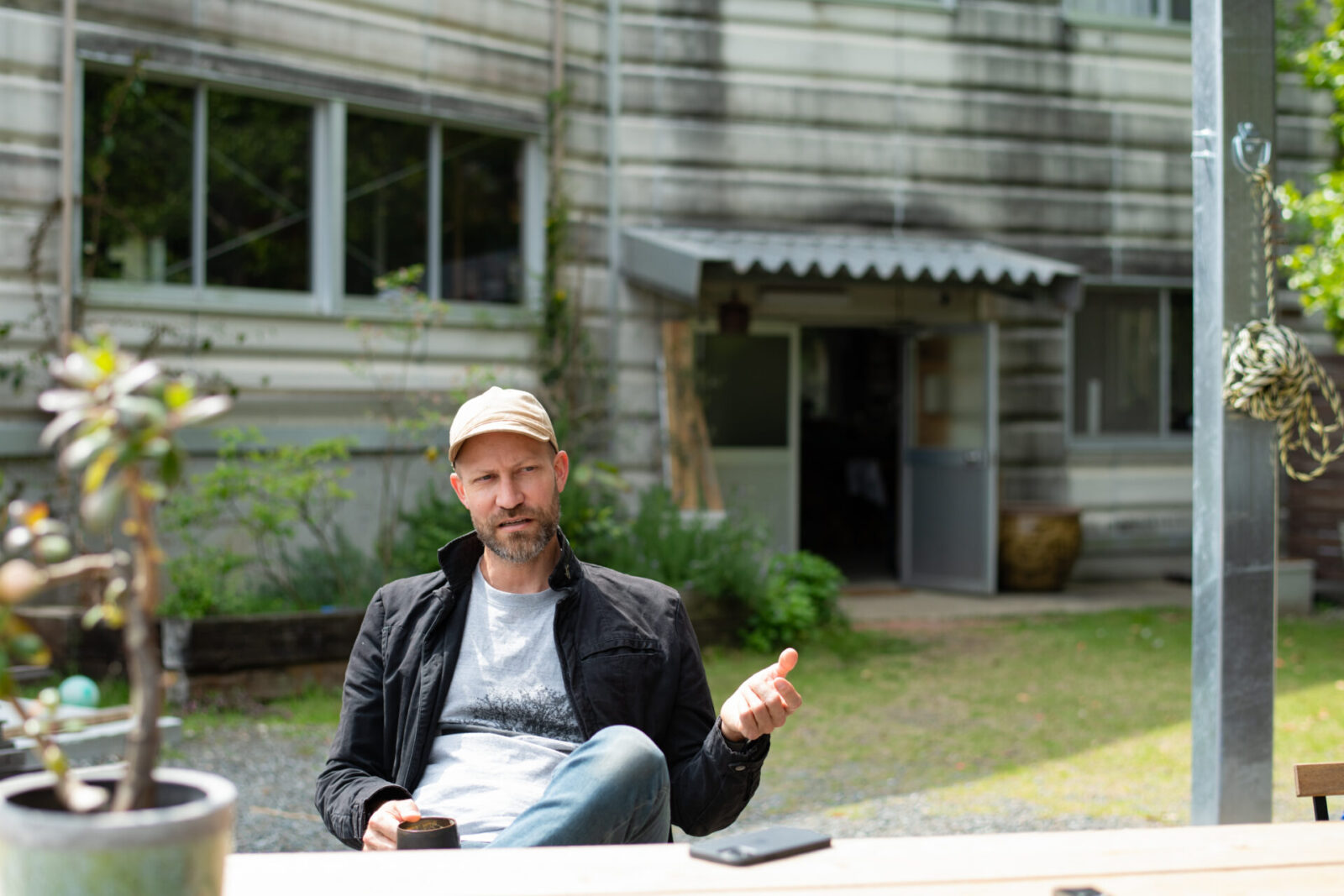
Douglas is from California, U.S. He first fell in love with coffee when he was in high school.
“Back then, rather than liking the taste of coffee, I enjoyed spending time in coffee shops. There was a coffee shop that my friend worked at in San Francisco and I would go there to study everyday.”
“I would spend hours on the sofa there. They offered free refills and whenever I needed a break, there was always someone to talk to.”
Later, Douglas studied mechanical engineering at Stanford University. Because he had a childhood friend from Japan, he was always interested in Japanese culture so he studied abroad at Kyoto University for one year.
Douglas was so fascinated by Japanese ceramics that he once turned down a job offer from Apple to study another year at Kyushu University.
He spent that year in and out of a ceramics studio deep in the mountains of Itoshima, immersing himself in ceramics over other studies, but the experience taught him the fundamental skills of giving shape to things.
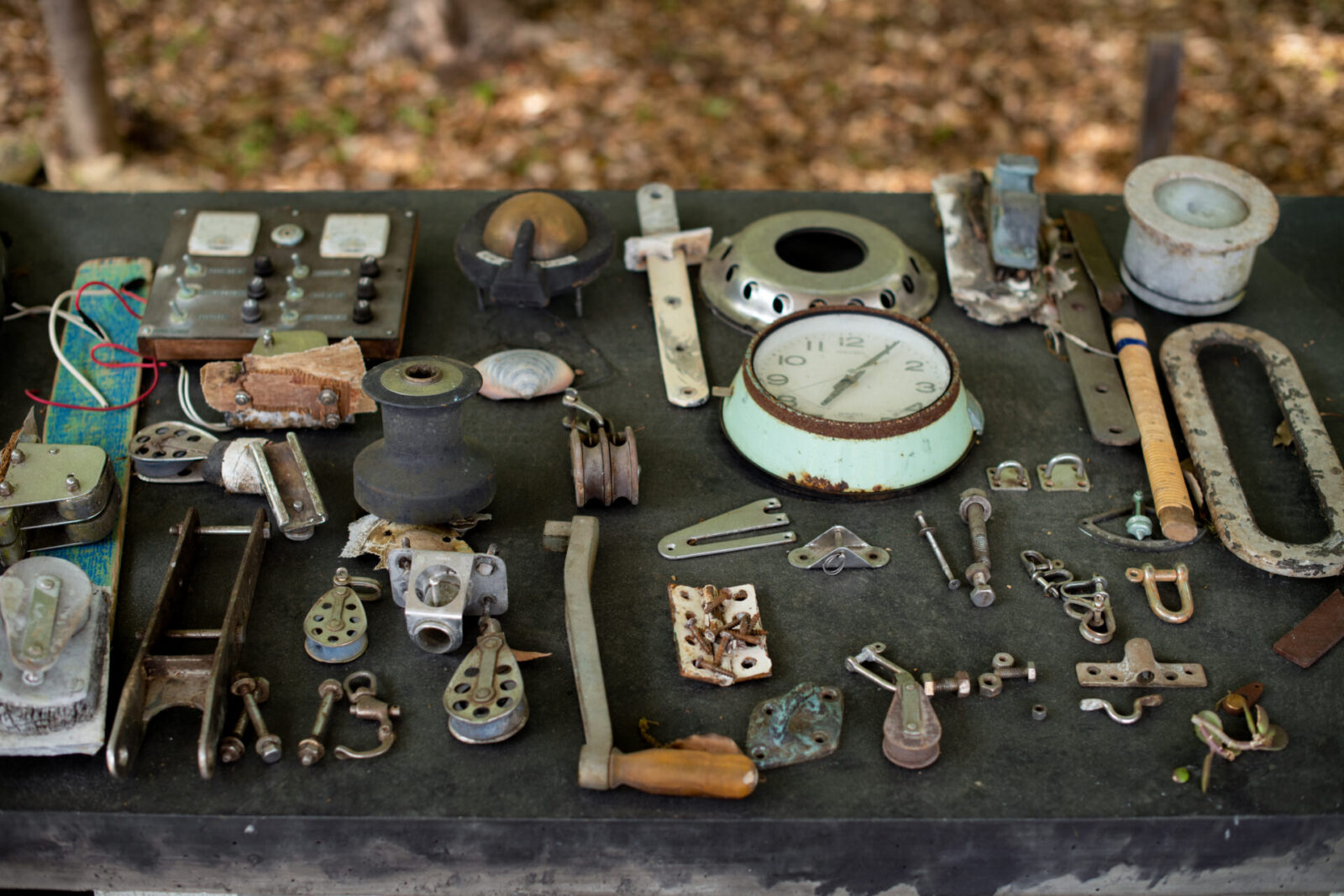
Producing major hit products at Apple in his 20s
When he finished his year abroad in 2002, he got another job offer from Apple. Although he had spent the previous year immersing himself in ceramics, they raised the offer for his annual salary.
He began working with Apple founder Steve Jobs as a mechanical engineer. Although Apple is now a major global company, he recalls that at the time, the company still had a start-up like culture.
“I was given a lot of really interesting projects to work on. Back then there was still a lot of responsibility given to each individual worker.”
“Just to give you an idea, back then one person was put in charge of developing one whole product. Now one person may be put in charge of developing one button on a product. That is how different the responsibilities were.”
The products Douglas worked on in his 20s as lead mechanical engineer ended up becoming global successes.
“The first product I was put in charge of was the iPod nano. It was our highest earning product at the time, and I was 26 years old when I was put in charge of it. Although I was nervous, I really enjoyed it. Because they gave me great projects to work on, I was able to grow as a designer.”
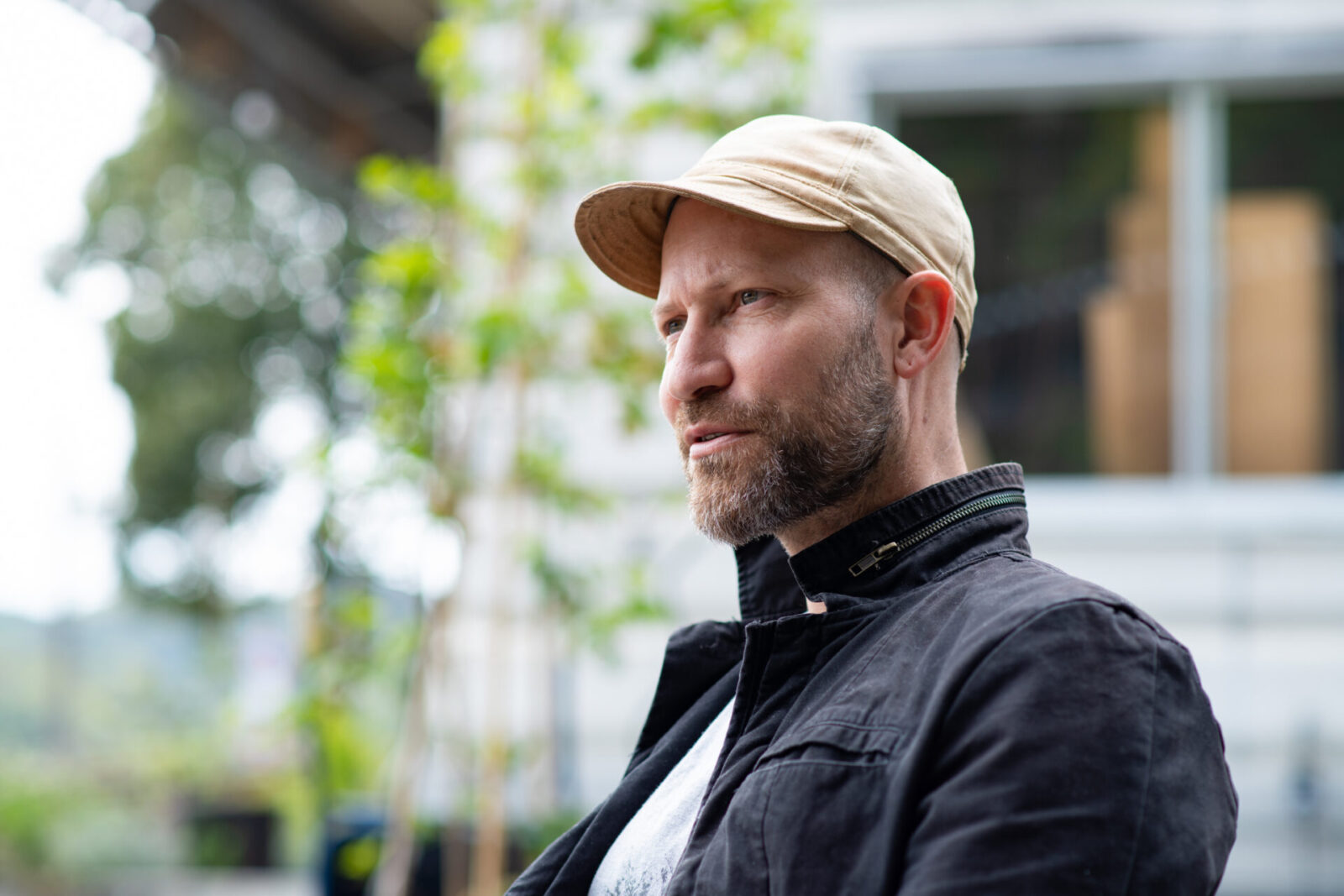
Enjoying the “5 minutes of bliss” among the chaos
Although the work was rewarding, his life was extremely busy and he was always on the run. During that time, time taken for coffee breaks at work became essential to him.
“Our designer meetings always started with a cup of coffee. It was like a ritual. The busier we were, the more important I found our ‘5 minutes of bliss’ to be.”
“I always liked working with gadgets. Although I also like tea, for coffee, it’s fun how you can make better coffee by using machines correctly. The oneness you feel with the machine suited my personality very well.”

It was during his second year at Apple that he began envisioning his dream of creating coffee equipment.
“It was my dream to make something I wanted, and deliver it to the world. At the time the west coast of the U.S., including San Francisco, was leading the way for the ‘third wave of coffee.’”
“We were in the middle of an age where people were redefining coffee culture. However, I was never satisfied with the products available at the time. That’s why I desired to create my own. I remember jokingly saying to a coworker that we should build something better someday.”
Later, Douglas became team leader of the Apple product design department for Asia.
He spent his days traveling back and forth between cities such as Tokyo and Taipei to study Japanese technology and use it for development. He bought an old house in Fukuoka and spent weekends there to relax.
His dream to make coffee equipment never diminished and in 2014 he left Apple to find Weber Workshops. In 2017, he moved to Itoshima with his family.

The path to creating the world’s best product
As a professional engineer, Douglas designs his coffee grinders to be the best in the world.
“In order to create a clean and delicious flavor, the quality of the grinder is just as important as the quality of the coffee beans. My job is to maximize the precision of the equipment. Every single part is given a lot of thought.”
He showed us his latest grinder that was just released in April. It has a stylish design of black and leather.
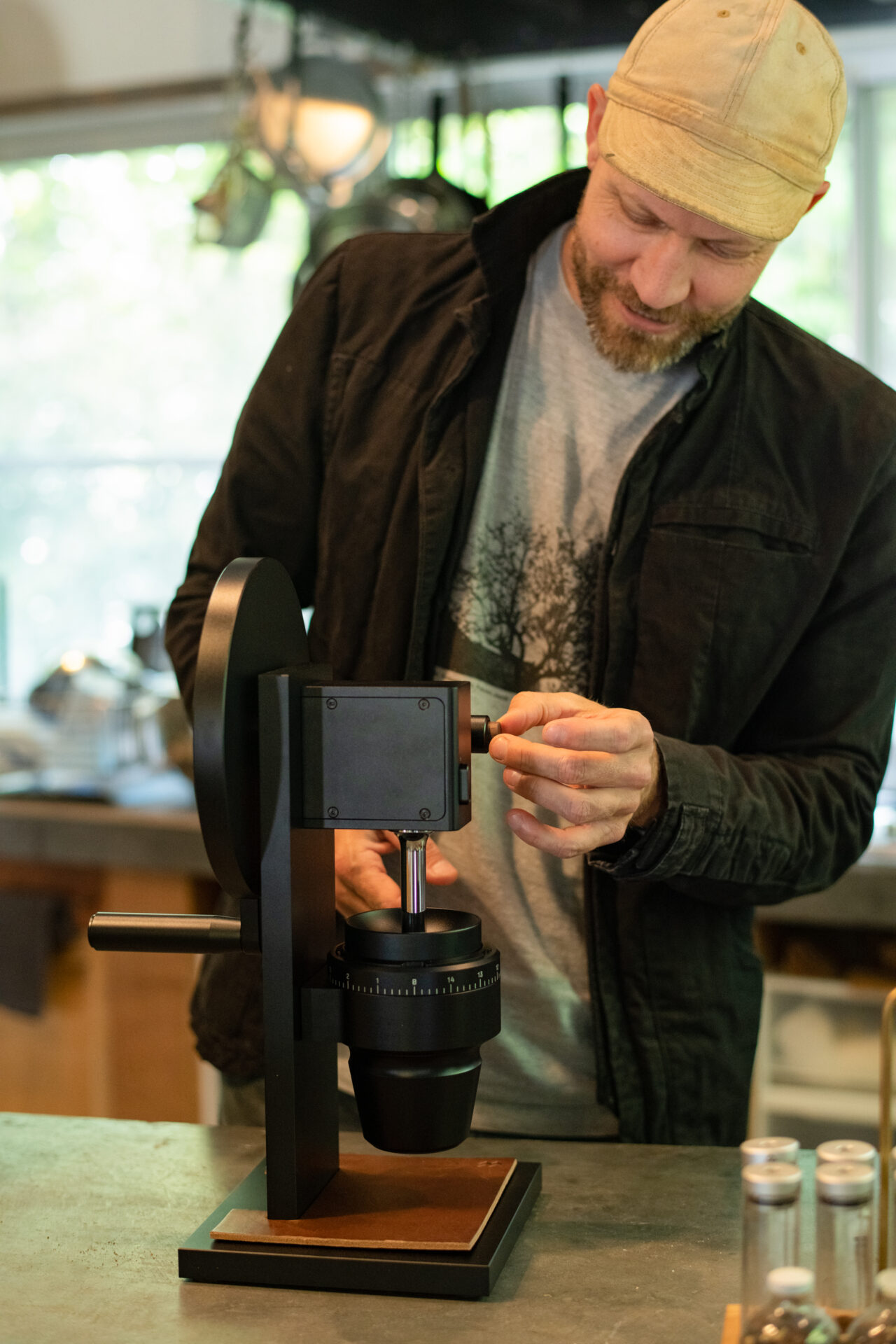
The reason he decided to build grinders is because he was so dissatisfied with the available ones in the market.
“People assumed that the grinders available were simply how grinders worked so there was no thought given to innovating them.”
“One basic problem was that there was always left over ground coffee that was impossible to clean. The top hopper is filled with beans and you would grind them in heaps. Then you would throw the excess away with a spoon. You would have to waste coffee beans that traveled halfway across the globe to get to you.”
“Plus, unless you disassembled the whole machine, you couldn’t clean it. Some products were impossible to disassemble in the first place. Although it is so unsanitary, that was considered the norm for so many years.”
The grinders made by Douglas allow you to grind exactly the amount of beans you want by hand or electrically. The magnetic parts can be quickly disassembled and cleaned in seconds with a brush.
His products allow easy cleaning that was never possible before, to keep everything sanitary.
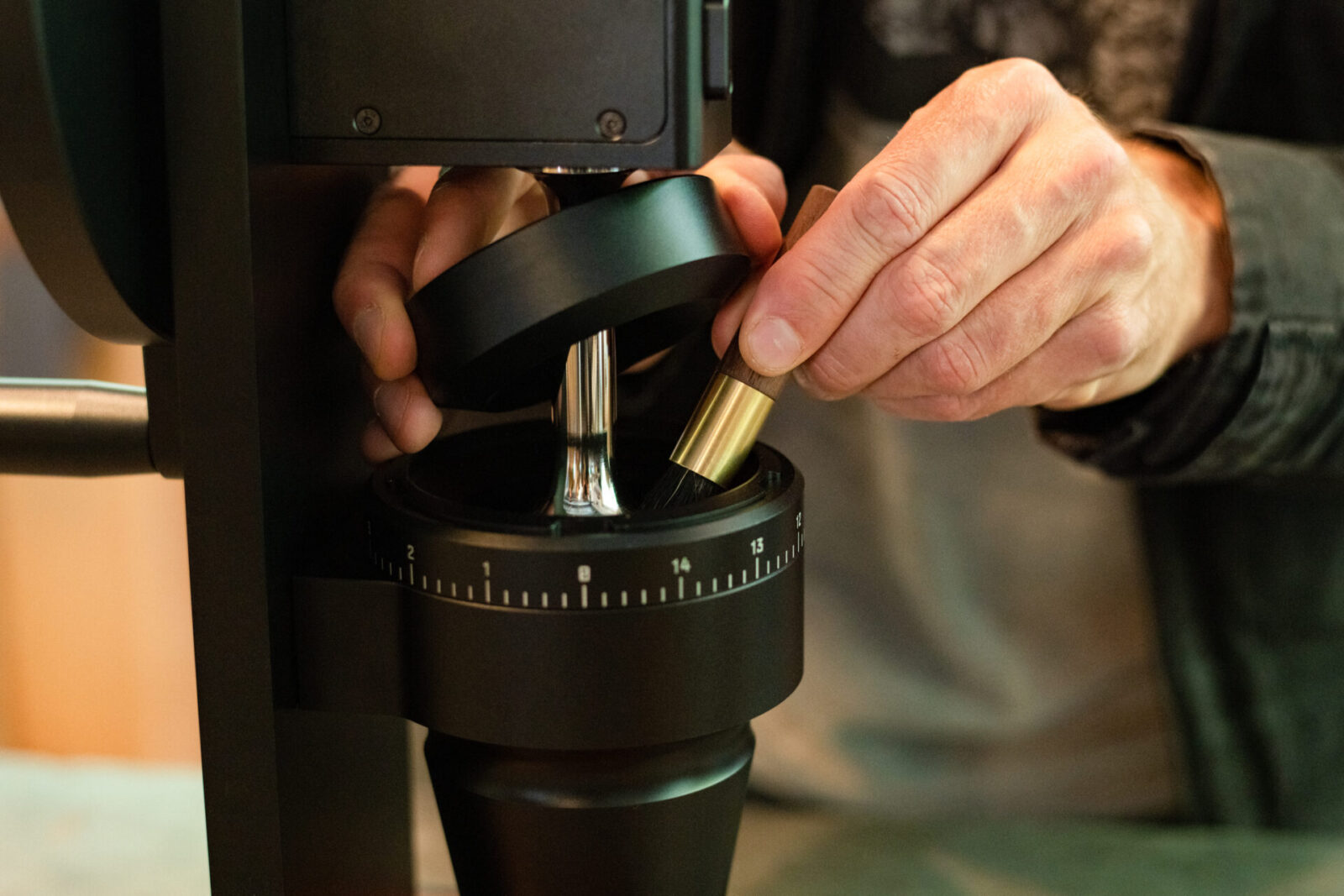
What makes a truly “good design”
When developing new products, one thing Douglas always focuses on is eliminating waste and pursuing functional beauty. It is much like the Apple products that took the world by storm with their minimalist design.
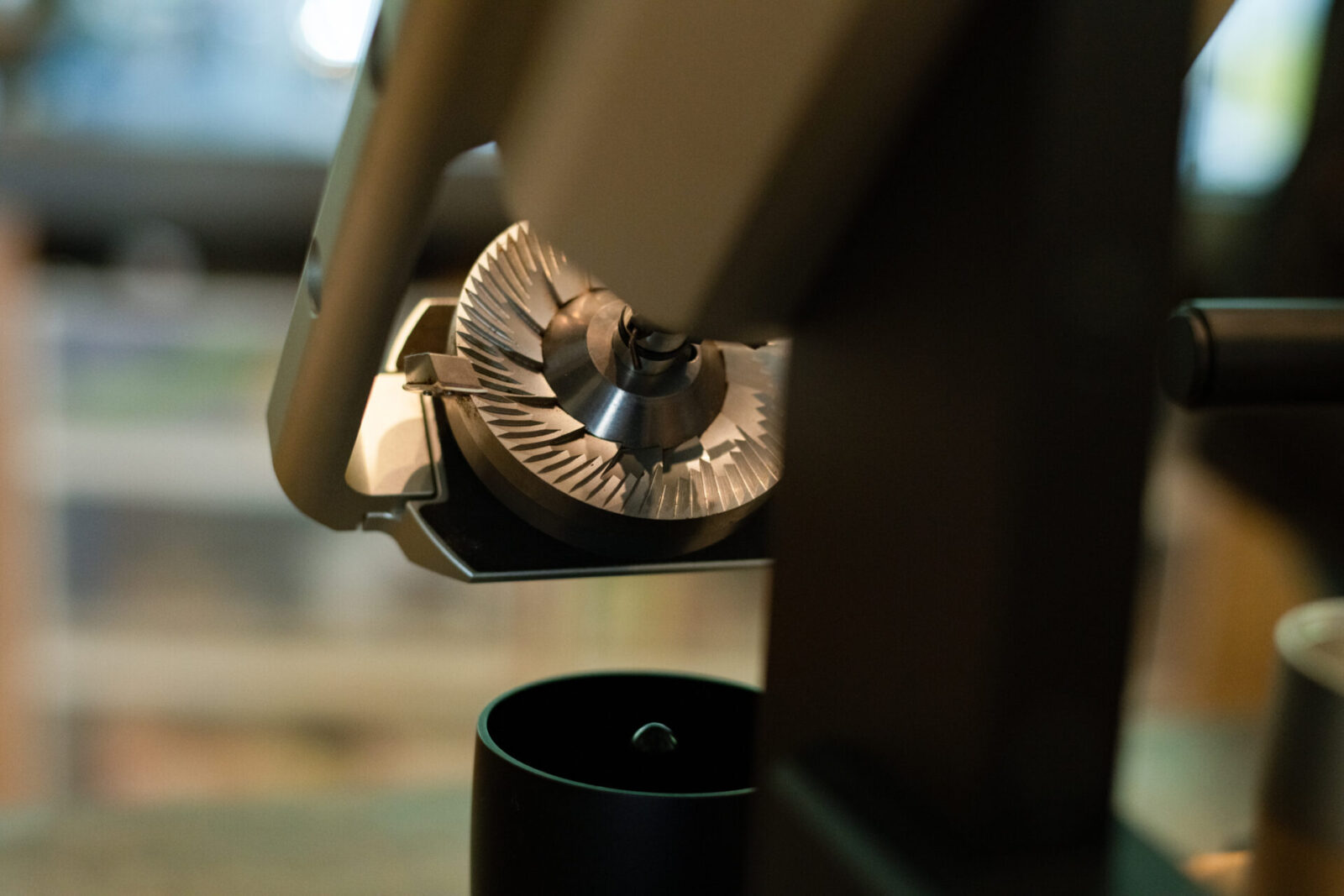
When we asked “what makes good design?” he answered as follows.
“Products that are made in an environmentally responsible way. Some products are made to break in a few years. Some use materials that cannot be recycled. This holds no consideration for the environment at all.”
“I don’t aim to create products that last a few years. I aim to make them easily last a lifetime. I make products that are overwhelmingly overly engineered but are capable of being the ‘“last product one will ever need.’”
“This way, we can escape the cycle of overconsumption.”
“Even if it is an expensive product, if you use it everyday you will enjoy it. You will also use it for a long time. On the other hand, I think purchasing something cheap that you will only use for a short time is silly.”
Douglas’s coffee grinders get orders from around the world, and he says only 10% of his customer base is Japanese. A famous coffee expert declared his product as the “best in the world” on YouTube.
Douglas is currently working on general coffee equipment, but says that eventually he wants to build an espresso machine.

Environment for cultivating the best ideas
When we asked Douglas why he chose to live in Itoshima, he said that it is “just the right distance away from a city” and “rich in nature.”
The Weber Workshops manufacturing factory is currently in Taipei, but he can leave home in the morning and get to a meeting there before noon. It is also possible to make a day trip to Tokyo.
When you walk past the mountain behind his workshop, you quickly reach the vast ocean.
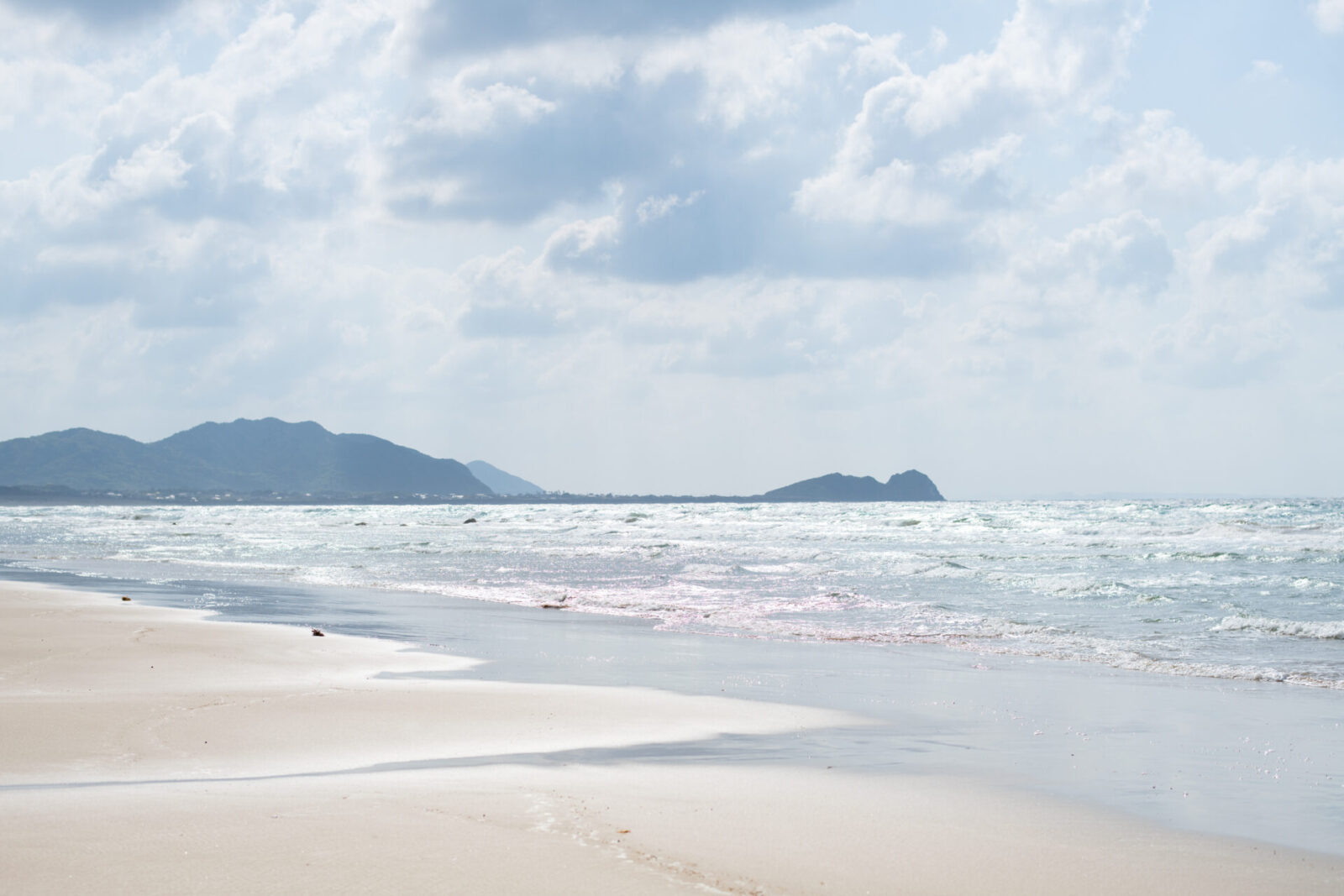
“As long as the weather is nice, I go to the beach everyday. Sometimes I go swimming during my lunch break.”
“When you walk along the beach where there are no distractions, you can really think and come up with good ideas. If you are in front of your computer, you check your email or get distracted by the millions of things you need to do. When you allow yourself to think where there is nothing, inspiration comes to you naturally.”
“Even when my product gets great reviews and is called ‘amazing,’ I take a step outside and see that there are things that are so much more amazing. I cannot recreate those things. I think it’s important to never forget that.”
Douglas does not spend time doing research. As he leads the industry with his state of the art equipment he focuses on making “time to do nothing” in order to create his newest inventions.
Lastly, we asked him what moments he finds most rewarding with his work and he quickly answered, “When a new idea comes to mind”.
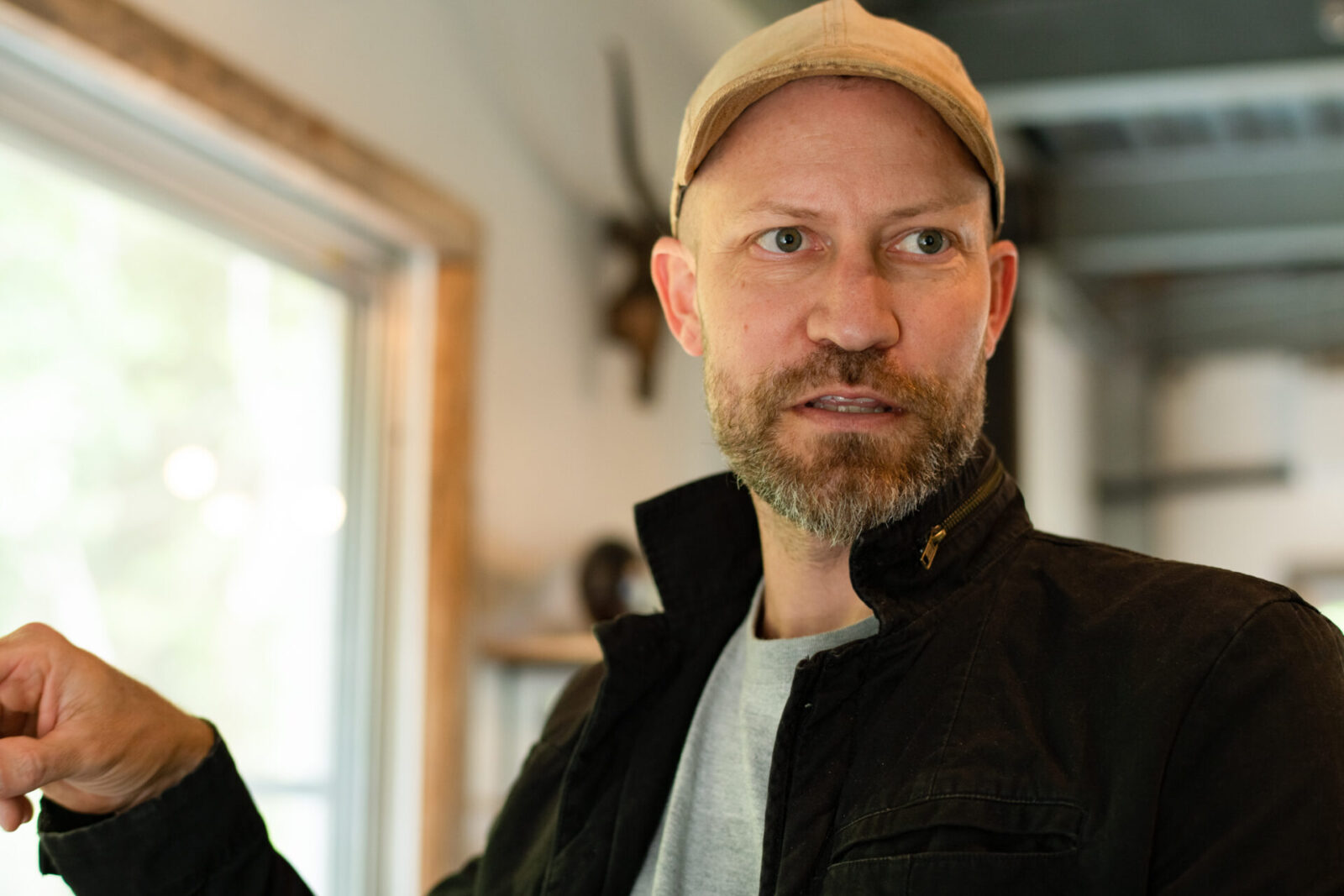
“I feel joy the moment a new idea springs to mind. It may be while I walk along the beach, or when I am driving my car. You never know when it will come, but usually it’s when you aren’t doing anything in particular. When an idea comes to mind, I draw it up right away.
“Although I also manage the business, my job is to come up with new inventions. I aim to create new systems, new ways of thinking, and new products.”
We asked why he used the word “workshop” in his company name. “Good products are not born in labs or factories. I think they are born in workshops.”
“It is a place where hands-on work gets done. Factories are for production. In a workshop, you are thinking, improving and making minor adjustments. I think the scale of the word is just right.”
Perhaps an environment where you can be face to face with people and conduct experiments freely are also important in creating new inventions.
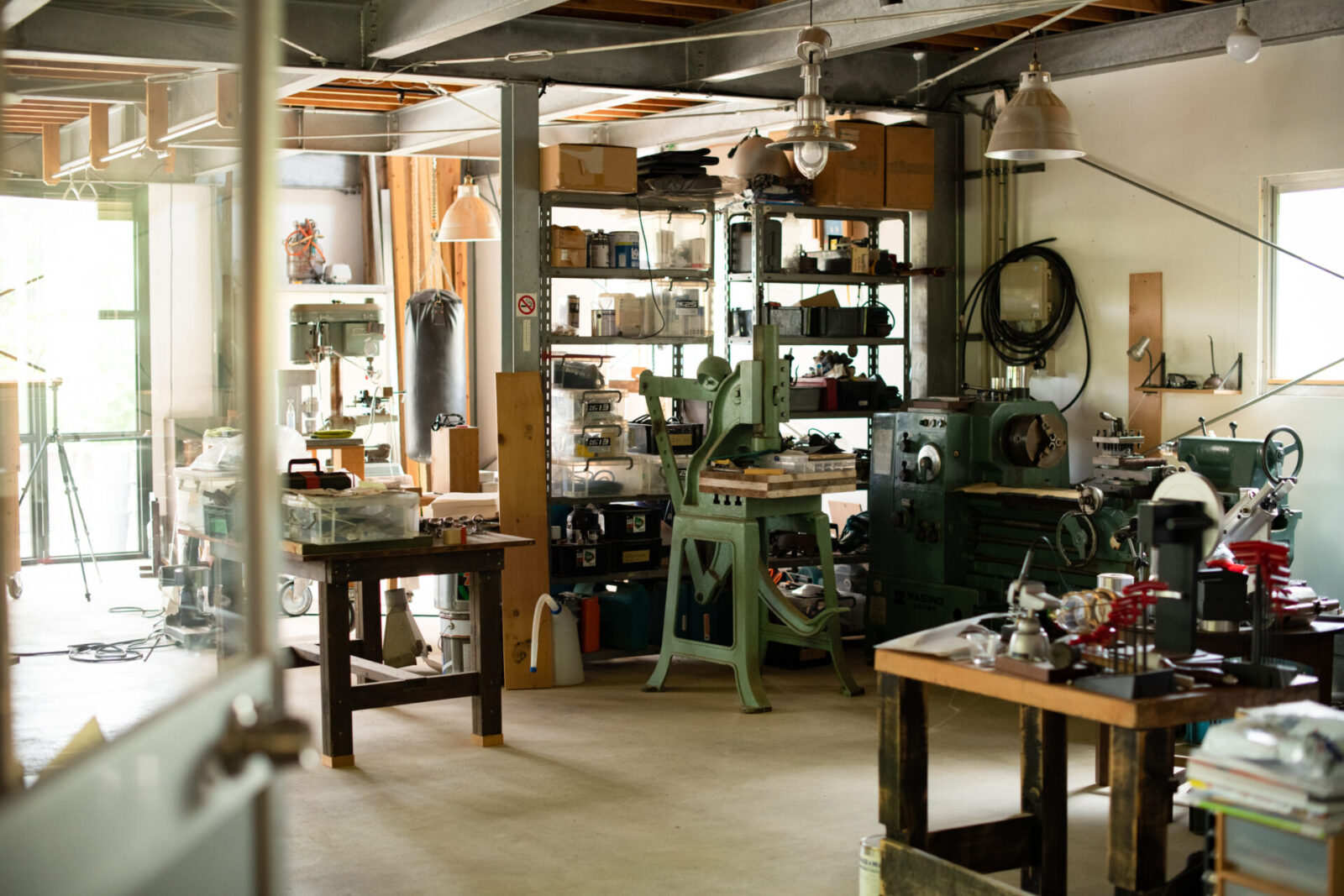
The friendly cat sat by us during the whole of our interview.
Douglas says his chickens peck at nuts from the nearby mountains and lay their eggs.
Douglas maintained an expression of confidence while he spoke to us about his passion for creating his products. His natural and relaxed nature empowered us as well.
In an age where society faces the challenges of mass consumption, Douglas creates products that stand out from others and changes the way people experience time.
From Itoshima to coffee lovers around the world. We saw how the product that creates “5 minutes of bliss” was made.
Photo: Yuko Kawashima
Translation: Sophia Swanson
Born in 1990, Nagasaki. Freelance writer. Interviews and writes about book authors and other cultural figures. Recent hobby is to watch capybara videos on the Internet.
Editor and creator of the future through words. Former associate editor of Huffington Post Japan. Became independent after working for a publishing company and overseas news media. Assists in communications for corporates and various projects. Born in Gifu, loves cats.
